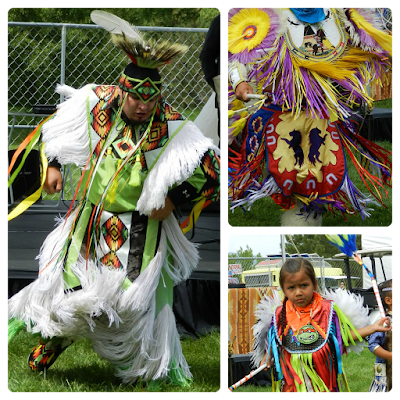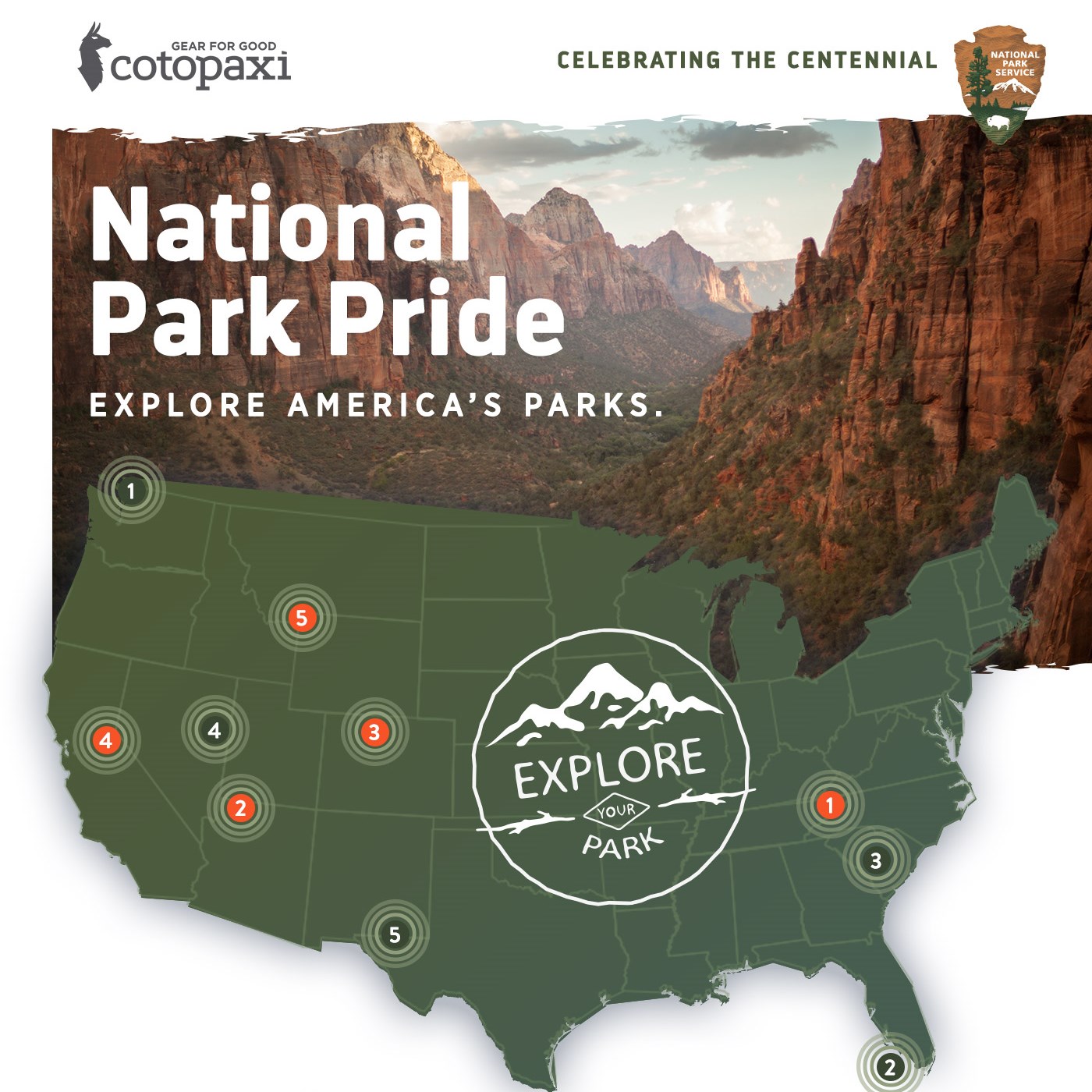West of Denver, and fittingly, just down the hill from the grave site of Buffalo Bill on Lookout Mountain, you can find one of the state's most beloved attractions - Denver's American Bison (commonly referred to as Buffalo, also) herd. They have an area on both sides of the highway, with passage underneath, so it's always a game of "I-Spy" on any given day, whether they will be within sight. This day, we got extremely lucky - not only in sight, but close enough to photograph (after a small hike back), from behind the protection of a heavy fence.
In 1914, Denver acquired both Bison and Elk from the herds in Yellowstone, hoping to propagate the Bison and improve their odds against extinction. The herd was split in 1939, and moved to another spot in the state of CO (Daniel's Park, by Castle Rock) - both herds are said to be maintained now at about 24 adult animals. Small numbers, but a mighty and moving sight.
The American Bison once freely roamed the Great Plains and much of North America, numbering in the tens of millions. Imagine a hillside like the one above, completely covered, as far as you could see. These animals were critically important to the Plains Indian societies, being considered a sacred animal and religious symbol. Not only did they provide food for these peoples, but the entire animal was revered and used, when taken - and they were only taken as needed.
During the 19th century, some 50 million of these great beasts were killed, mainly for sport, by the white man...MOST left simply to rot on the open prairies, the thrill of the slaughter being the main motivation.
These enormous herds were reduced to a few hundred animals in record time. Pre-1800 estimations on numbers of bison is in the 60,000,000 (that's 60 MILLION) range. By 1900, there were 300 left in the US. Their numbers today are said to be somewhere around 200,000, with protected herds mainly on preserves and private ranches.
Standing about 60 to 70" high at the shoulders, the males can top the scales at over a ton. Both sexes have horns. For the first two months of life, the calves are a light, reddish-brown color, before turning dark, like the adults. They do have a thicker coat in winter, which is what you see them shedding in these photos. Life expectancy for these mighty animals, under today's conditions, can be around 25 years.
Enjoying a lazy day - this was obviously "THE Man" - that's a female behind him. They look docile, but are definitely not a force to be reckoned with - each year there are reports of gorings of ignorant tourists (mainly in Yellowstone National Park, where they roam free). Fences are in place for a reason (it also takes a LOT to contain Bison - ordinary fences don't usually deter them if they want out) - respect the fence that was put there for your protection.
These magnificent beasts are another reminder of the great stupidity and greed of man - almost doomed to never be seen by any of us, or our children and future generations. Brought back from the brink, most thankfully.
Want to see this group? Start looking at Exit 254 on I-70, around the Genesee Park area west of Denver. Stop and marvel at this remarkable remainder of what once was the American Wild West.






























